Latest Update: Nov 14, 2025, 8:20:23 PM

Hydroponic cultivation, also known as soilless farming, is a modern and advanced method in agriculture where plants grow in nutrient-rich solutions instead of soil. This method, which has attracted the attention of many farmers and agriculture enthusiasts in recent years, offers significant advantages over traditional farming methods. In this article, we will explore the basic concepts of hydroponic cultivation, its different methods, and the benefits of using this approach.
What is Hydroponic Cultivation?
The term “hydroponic” comes from two parts: “hydro,” meaning water, and “ponic,” meaning work or effort. Therefore, hydroponics literally means “working with water.” In this method, plant roots are directly in contact with the nutrient solution, and all the essential nutrients required by the plants are supplied through this solution.
History of Hydroponic Cultivation
Although hydroponic cultivation has gained significant attention in recent years, its history dates back centuries. The first scientific studies in this field were conducted in the 19th century, and since then, remarkable advancements have been made.
Types of Hydroponic Methods
There are various hydroponic methods, each with its own advantages and disadvantages. Some of the most important methods include:
-
Hydroponic cultivation in nutrient solution:
In this method, plant roots are completely immersed in the nutrient solution.
-
Hydroponic cultivation in solid substrates:
This method uses solid substrates such as perlite, rock wool, or cocopeat, which retain the nutrient solution.
-
Drip hydroponic system:
In this method, the nutrient solution is delivered in droplets directly onto the plant roots.
-
Wick hydroponic system:
This system uses wicks to transfer the nutrient solution from the reservoir to the plant roots.
You can also visit the Gol Afrouz Greenhouse Construction Company website to benefit from services including greenhouse construction, greenhouse equipment, greenhouse structures, specialized greenhouse consulting, as well as Spanish and Dutch greenhouse types.
Benefits of Hydroponic Cultivation
Hydroponic cultivation offers numerous advantages over traditional methods, including:
-
Water savings:
In hydroponics, water is delivered directly to plant roots, minimizing wastage.
-
Increased production:
Plants grown hydroponically receive sufficient nutrients, resulting in faster growth and higher yields.
-
Reduced use of chemical pesticides:
Since there is no soil, the risk of pest and disease contamination decreases, reducing the need for chemical pesticides.
-
Possibility of cultivation in small spaces:
Hydroponic cultivation can be carried out in small areas such as apartments or greenhouses.
-
Year-round cultivation:
With controlled environmental systems, hydroponics can be practiced throughout the year regardless of external weather conditions.
Challenges of Hydroponic Cultivation
Despite its many benefits, hydroponic cultivation also faces some challenges:
-
High initial costs:
Setting up a hydroponic system requires a significant initial investment.
-
Need for expertise:
Managing a hydroponic system requires specific knowledge and skills.
-
Potential technical issues:
Any technical failure in the system may harm the plants.
Conclusion
Hydroponic cultivation, as an innovative and efficient agricultural method, can play a crucial role in ensuring food security and increasing agricultural production. Given its numerous benefits, it is expected that hydroponic cultivation will continue to expand globally in the coming years. However, optimal utilization of this method requires further research and addressing existing challenges.
Gol Afrouz Company also provides all modern and efficient greenhouse equipment. If you are looking for a reliable partner for building your greenhouse in Karaj, Tehran, or any other city in Iran, contact us through our website now and benefit from the specialized consultation of our experts.





 Dutch Greenhouse Complexes: Aalsmeer Hub, Benefits, & Costs Guide
Dutch Greenhouse Complexes: Aalsmeer Hub, Benefits, & Costs Guide
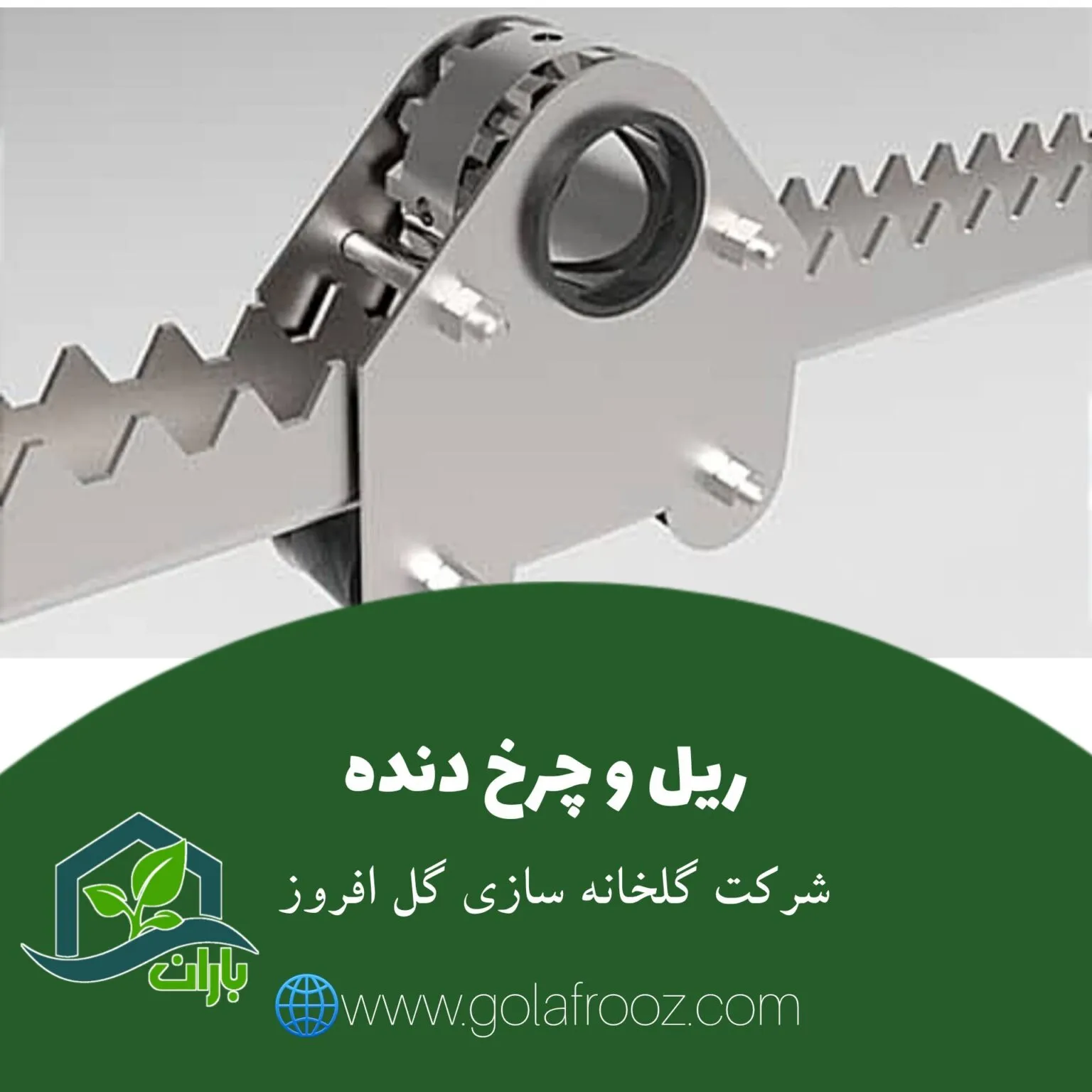 Greenhouse Rail and Gear Systems: Automation, Benefits & Price Guide
Greenhouse Rail and Gear Systems: Automation, Benefits & Price Guide
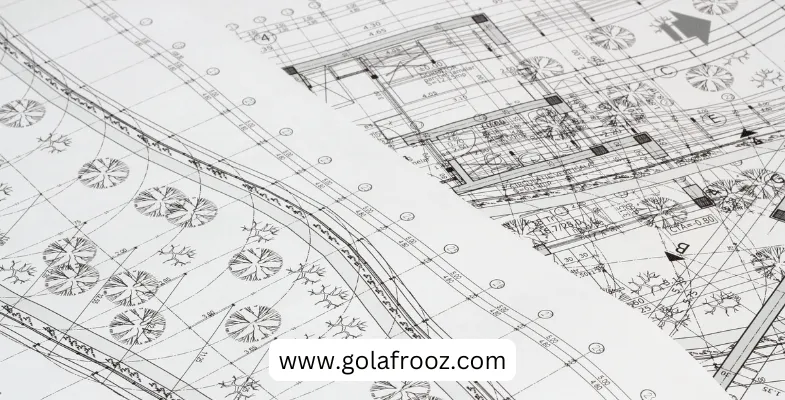 Comprehensive Guide to Greenhouse Plans: Designs, Types & Layouts (Spanish vs. Dutch)
Comprehensive Guide to Greenhouse Plans: Designs, Types & Layouts (Spanish vs. Dutch)
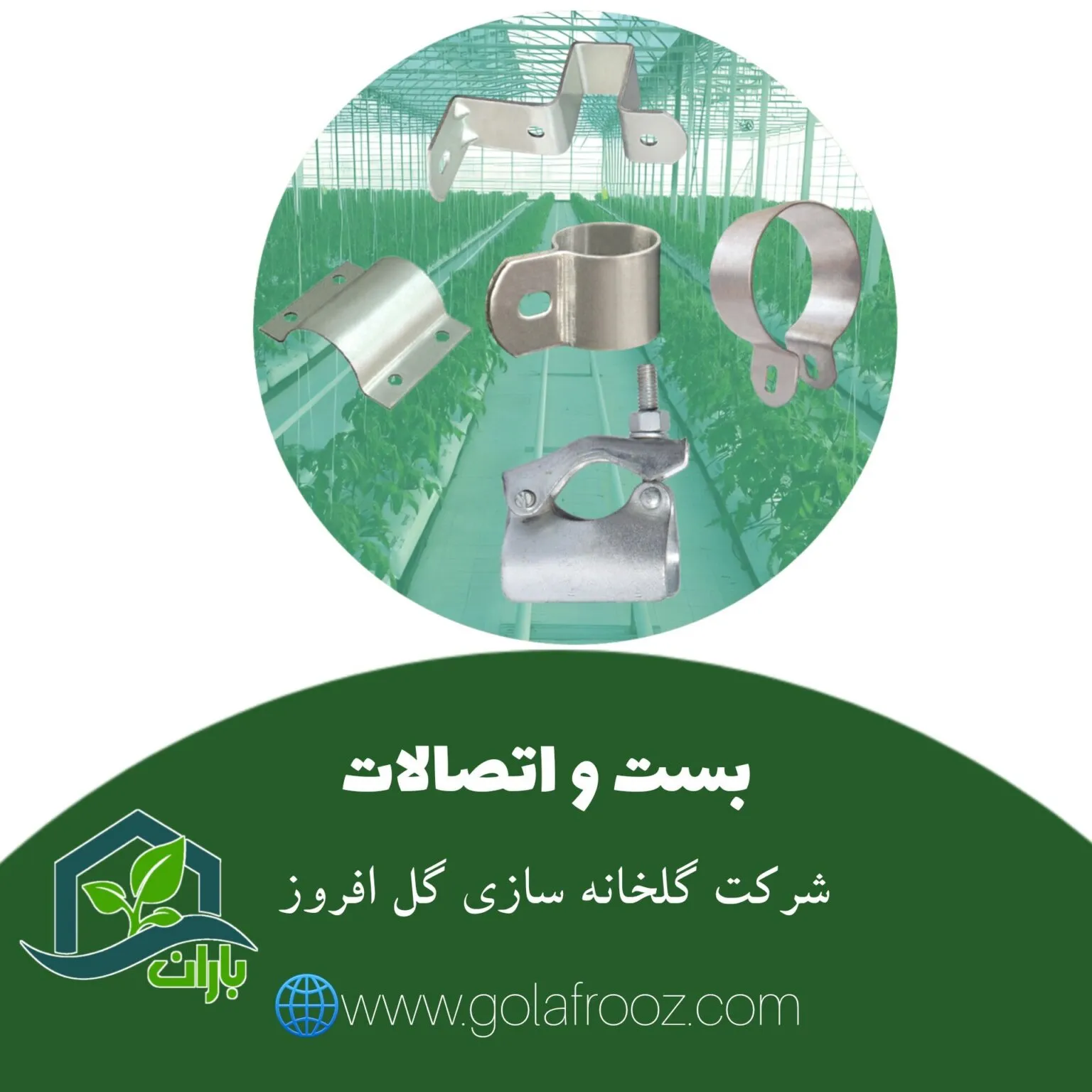 Greenhouse Fittings & Fasteners: Types, Uses & Pricing Guide
Greenhouse Fittings & Fasteners: Types, Uses & Pricing Guide
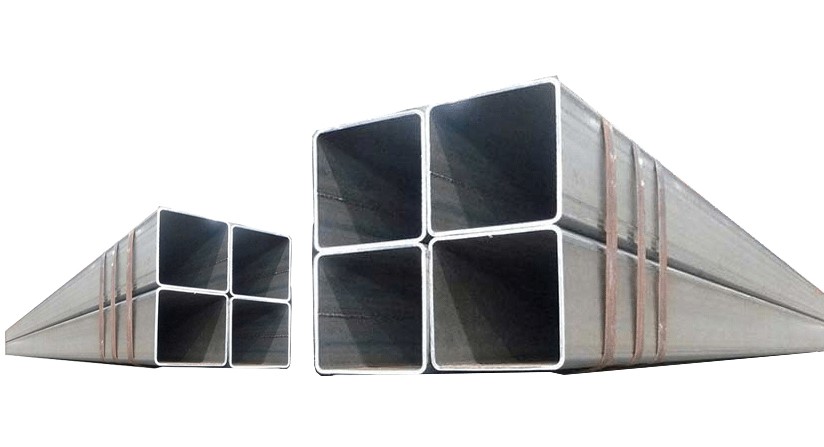 Galvanized can profile 10
Galvanized can profile 10
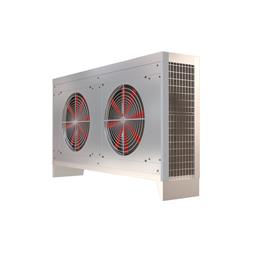 Axial Fan Evaporative Cooler
Axial Fan Evaporative Cooler
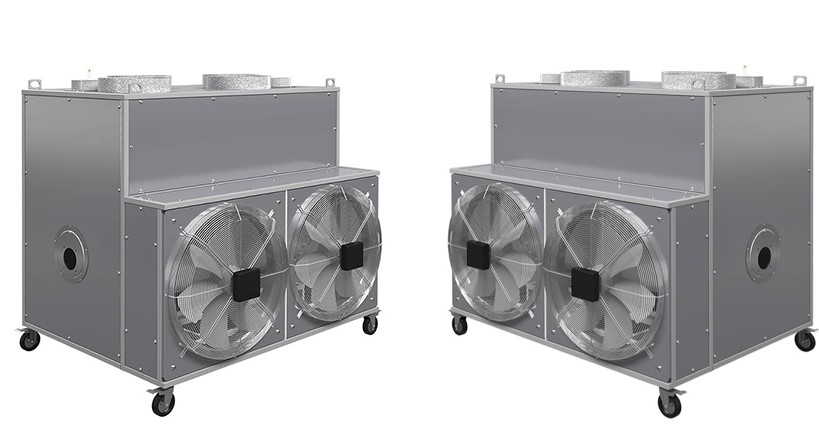 Furnace Heater
Furnace Heater
 Type 4 Circulation Fan
Type 4 Circulation Fan
 Greenhouse Mist Sprayer
Greenhouse Mist Sprayer
